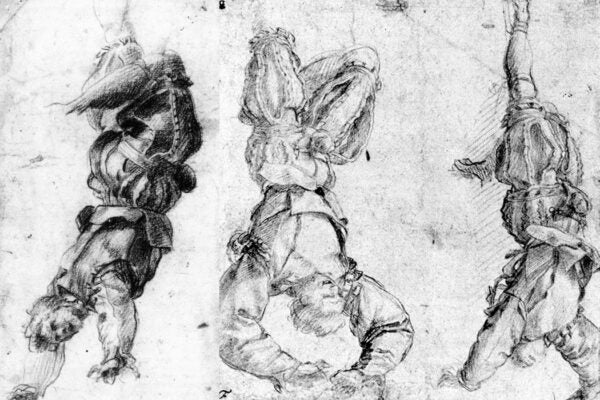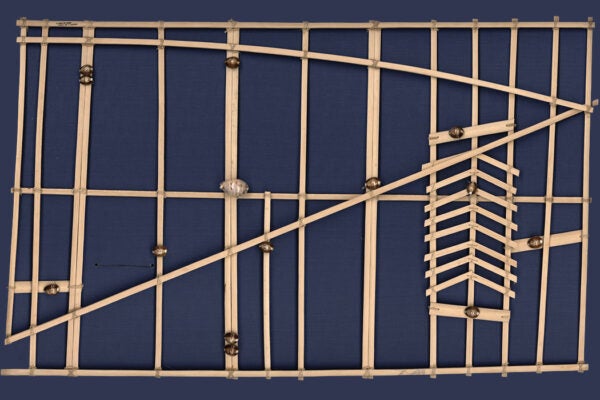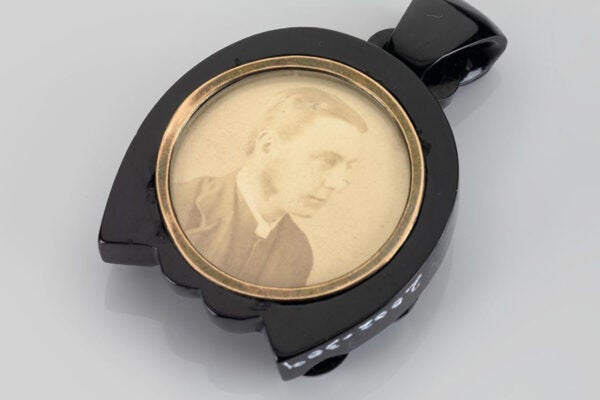Athanasius Kircher’s “Musical Ark”
The first algorithmically generated music came to us in the seventeenth century, courtesy of Kircher and his Arca musarithmica.
Ireland’s Upper Sea
In medieval Ireland, ships that sailed across the sky were both marvelous and mundane.
Punitive Portraits of the Renaissance
The Italian legal tradition called for the public display of a humiliating—but recognizable—portrait of the disgraced person.
The Women Who Preached in Their Sleep
Was sleep-preaching an ingenious way for oppressed women to subvert the social order through somniloquy?
Unmaking a Priest: The Rite of Degradation
The defrocking ceremony was meant to humiliate a disgraced member of the clergy while discouraging laypeople from viewing him as a martyr.
Dummy Boards: the Fun Figures of the 1600s
These life-sized painted figures, popular in Europe and colonial America in the seventeenth and early eighteenth century, were designed to amuse and confuse.
Marshall Islands Wave Charts
Charts constructed of carefully bound sticks served as memory aids, allowing sailors of the Marshall Islands to navigate between the islands by feel.
Victorians Mourned with Vulcanized Rubber Jewelry
Nineteenth-century Anglo-American mourning rituals called for a period of sentimental sadness, but they also demanded an investment in clothing and jewelry.
Cairo’s Zabbaleen and Secret Life of Trash
In Egypt's capital, members of an impoverished Coptic population strengthen community ties while making a living as ragpickers.











